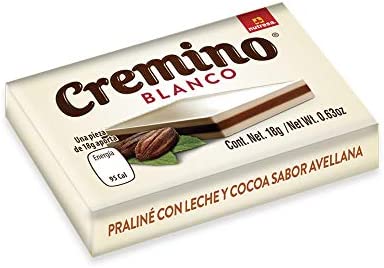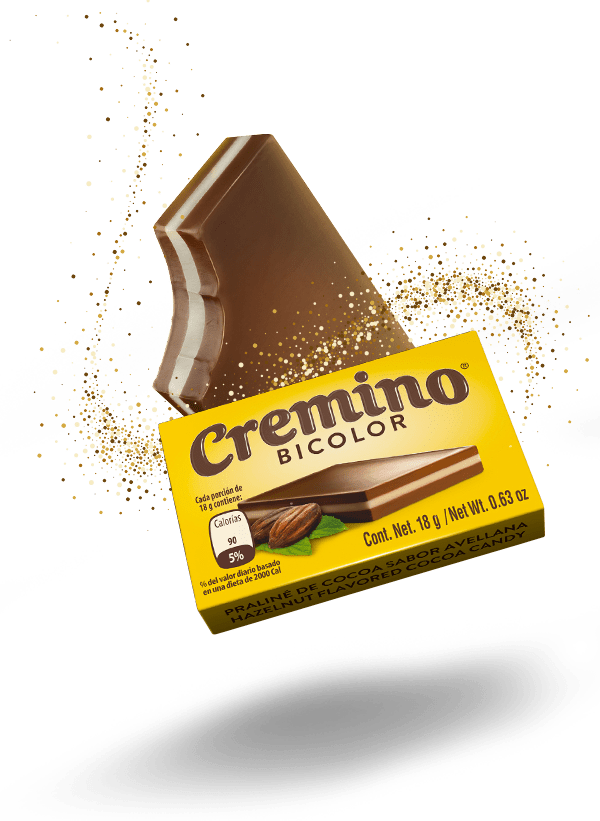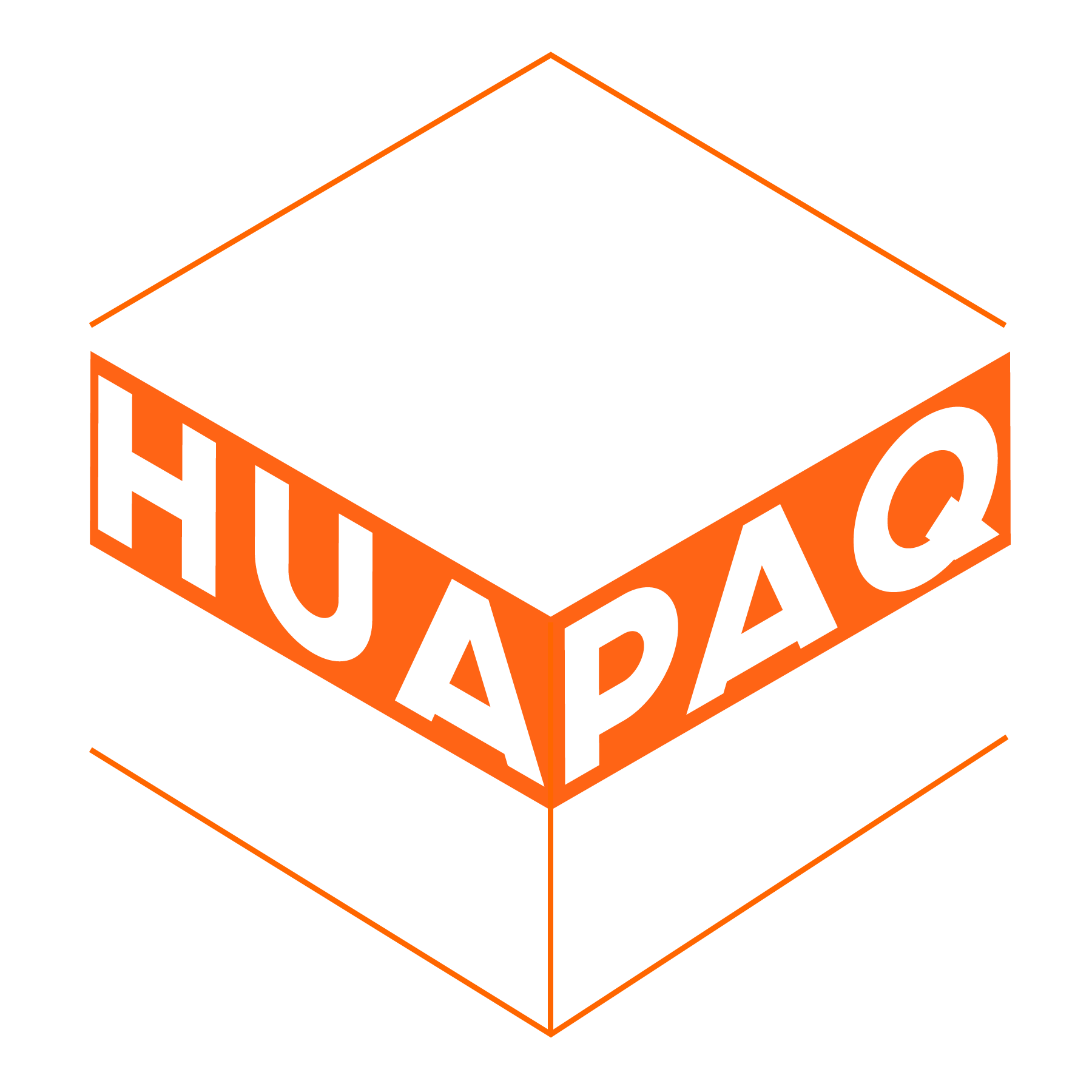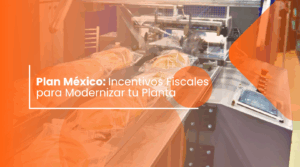Nutresa is to go back to 1920, when the Compañía Nacional de Chocolates Cruz Roja was born in Colombia, later converted into Compañía Nacional de Chocolates S.A. With the passage of time and its consolidation in the national and Latin American markets, it changed its name to Grupo Nutresa, a name that includes all of the group's food categories and strengthens the link of its brands with health, nutrition and well-being.

Currently the company has a presence in Colombia, Chile, Costa Rica, Guatemala, Mexico, Panama, United States, Venezuela, Ecuador, El Salvador, Nicaragua, Peru, Dominican Republic, Malaysia, Philippines and South Africa.
In the words of Carlos Toro, Director of Operations at Nutresa México, “ Our vision of the future is focused on generating progress and development for all. We are inspired by human beings and by promoting sustainable development by appropriating capabilities to prevent environmental deterioration and generate prosperity for the communities where Grupo Nutresa operates. Proof of this commitment is that the company has a presence in the Dow Jones Sustainability Index, which evaluates the sustainability of thousands of companies listed on the main global stock exchanges.
The chocolate line
The company has nine food lines, among which chocolate stands out. Specifically, the production of this candy is centralized in five industrial plants: two in Colombia, one in Peru, one in Costa Rica and one more in Mexico. In the latter, the company invoices more than 60 million dollars a year, which represents 10% of its entire chocolate business, becoming the subsidiary with the most growth potential in this area.
Precisely, to meet its business objectives, Nutresa México has been collaborating with the packaging machinery company Cama Group for ten years. During this time they have been able to verify the reliability of the equipment of this Italian manufacturer.
“We knew their machines and had tested them in our chocolate lines. That gave us the guarantee to acquire new equipment for other production lines such as Cremino and Muibon”, “Cremino is a praline created from hazelnuts and cocoa. “Its size and texture exceed the conventional, which is why this cream stands out in all markets for its attractive presentation, fine flavor and competitive price,” acknowledges the manager, who adds: “For its part, Muibon is a wafer filled with cream. hazelnuts with a chocolate and peanut flavor coating”, afirma Toro.

Featured challenges
In both cases, those responsible for Nutresa México had a couple of manufacturing challenges ahead of them when implementing these machines. The first was to increase productivity, “which means developing more kilos of product with the same man-hours that they were recording”. And the second wanted to eliminate the pressure on the labor of these products by acting on the ends of the line, which are very intensive in workers, especially for the packaging process. This has forced us to “search and explore new alternatives such as the IG270 machines for Cremino and IF296 machines for Muibon,” he says.
For this reason, they decided to take the step and automate one line of the two Muibon lines and the only Cremino line, both with a great advantage that Toro describes: “These Cama Group machines allow us to pack each bar of chocolate in different presentations for the different channels we serve: candy wholesalers, supermarket chains and price clubs. In other words, “these machines are very flexible comprehensive solutions that allow us to meet these three presentation needs of these channels,” he states.
However, during the implementation process they had to overcome some obstacles. According to Toro, it was essential to synchronize the new machines with the solutions they were using on the line to thermoform the trays where the chocolate bars would be placed. And furthermore, this should be done as quickly as possible, since they had four pieces of equipment installed that wrap the chocolate and feed the Cama Group machines. “Fortunately, we found a way for everything to work properly,” Toro acknowledges.

In this process they also had the support of two Cama Group technicians for two weeks who helped them in the implementation. In addition, they carried out training sessions for both maintenance technicians, in order to understand the principles of its operation, and for the operators who would be in charge of operating the machines.
The operating process of both machines is simple. In the case of Cremino, the Nutresa México teams thermoform the trays, the IG270 model takes these trays from a feeder and, thanks to its robotic arms, grabs the chocolates that are transported on belts, and places pieces on the trays. As for Muibon, the IF296 machine is a monobloc device, which assembles the display box where the wafers will go, loads the wafers inside it and then seals it with hot glue.
Benefits of machines
Once installed, both machines provided Nutresa México with a series of advantages. “First of all, the reliability of the equipment should be highlighted; next, the flexibility to incorporate different formats; and, finally, that these are simple equipment to operate and maintain,” lists the manager, who also highlights two issues that were of total importance to them.
The first is food safety and security; and the second, health and care at work. “We want equipment that guarantees that they comply with all the issues related to risks, contamination and safety; But we also want machines that ensure that none of our operators suffer any risk of accident when the equipment is operating.”
To this end, both machines are presented with reinforced security, with stainless steel parts, safety guards, avoiding the dangers of entrapment, impacts and the operators having access to the moving parts of the machines. “The objective is that accidents do not occur,” summarizes Toro. And, for now, they are achieving it. In fact, according to the manager, they have had a zero percent risk of musculoskeletal diseases due to repetitive movements. “This is something very valuable for us, because above all we want to take care of our workers.”
Of course, these are not the only positive figures that the Nutresa México manager highlights when talking about these machines. Within the Global Efficient Equipment index, its indicators have gone from a global line efficiency of 84% to 86%. Furthermore, the installation of these machines has allowed them to increase the productivity of the lines by 14%.
This translates into a production of 300 chocolate bars per minute only in Muibon, which as there are two lines, will be 600 units per minute in the Nutresa México plant. As for Cremino, they can produce 1080 units per minute. This, added to the other chocolate products that the company sells in Mexico, gives a figure of more than 300 million pieces of chocolate per month. “We continue to grow in the chocolate business in all the countries where we have our own production plants, not only above the competition, but also beyond the growth of the category in the markets in which we participate.”
New acquisitions in 2023
It is not surprising, therefore, that Nutresa México is already considering a new acquisition of Cama Group machines next year to continue automating its chocolate production lines. Specifically, the Muibon twin line, which is currently operated manually. In fact, the company considers the Italian manufacturer a relevant partner for the development and consolidation of Grupo Nutresa in Mexico.
What's more, Toro defines the relationship between both companies in two words: proximity and service. “The Cama Group executive team has always been there when we needed it, and has assisted us at any time and day. In addition, locally we have the company associated with Cama Group, called Huapaq, which provides us with support and immediate response to any need,” says Toro. He even adds, “we have had spaces at local fairs where Cama Group has participated with additional points of contact with the manufacturer's commercial team.” For all these reasons, the manager highly values the work that Cama Group is doing and how their machines can help them be more competitive in a market like chocolate, where differentiation is essential.
“The Cama Group executive team has always been there when we needed it, and has assisted us at any time and day. In addition, locally we have the company associated with Cama Group, called Huapaq, which provides us with support and immediate response to any need.”
 Characteristics of the IG270 and IF296 machines
Characteristics of the IG270 and IF296 machines
The IG270 model is an automatic loading unit composed of Triaflex robots. These are robots with carbon fiber arms suitable for fast and intelligent handling of products. Through an intelligent vision system, these robots can sort and pick loose products on a production line and place them in a container, box or on a conveyor using a pre-established pattern.
“Triaflex robots have Cama's patented technology that gives the IG270 the characteristic of being one of the machines with the smallest footprint on the market. In addition, the equipment has improved modularity and dynamic characteristics that are part of our Break Through Generation (BTG) technology,” explains Óscar Hidalgo, Sales Manager for the Latin American market at Cama Group. Therefore, this equipment is ideal for working packaged and unpackaged products, allowing format changes very quickly.
Finally, the equipment allows, through its user interface, monitoring and control of energy and pneumatic consumption (allows data such as humidity, vibration and temperature to be verified in real time) and in some cases allows the behavior of the process to be replicated; that is, “see what is happening on the machine in real time,” adds Hidalgo.
For its part, the IF296 is a high-speed monobloc device that incorporates robotic units for assembling, loading and closing boxes, and allows the handling of wrapped and flowpack products. The equipment guarantees careful handling of the product, has quick-release format change parts and a reduced space occupation surface.



